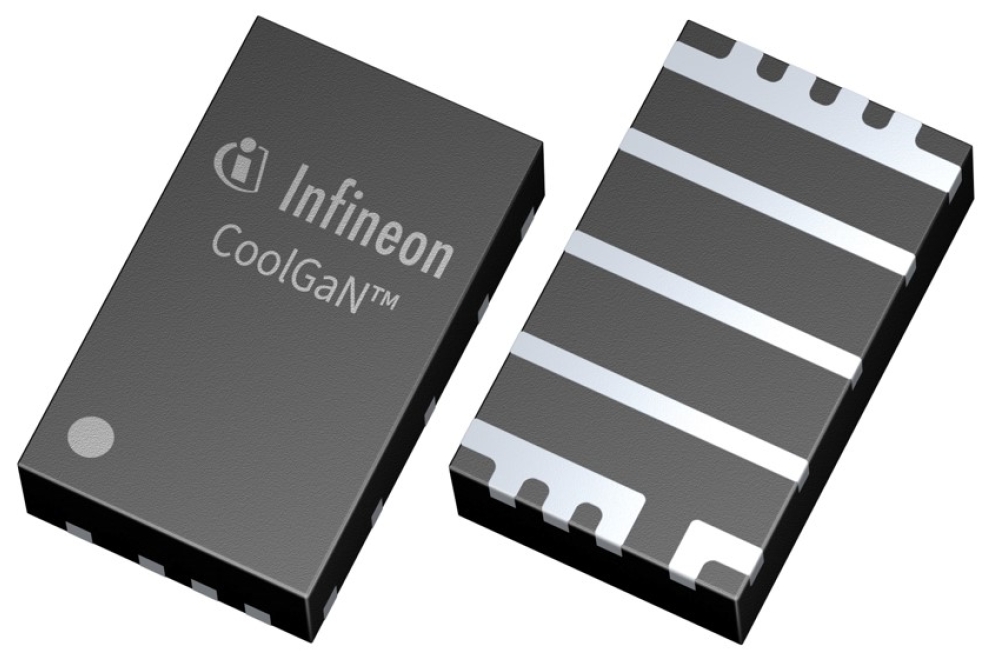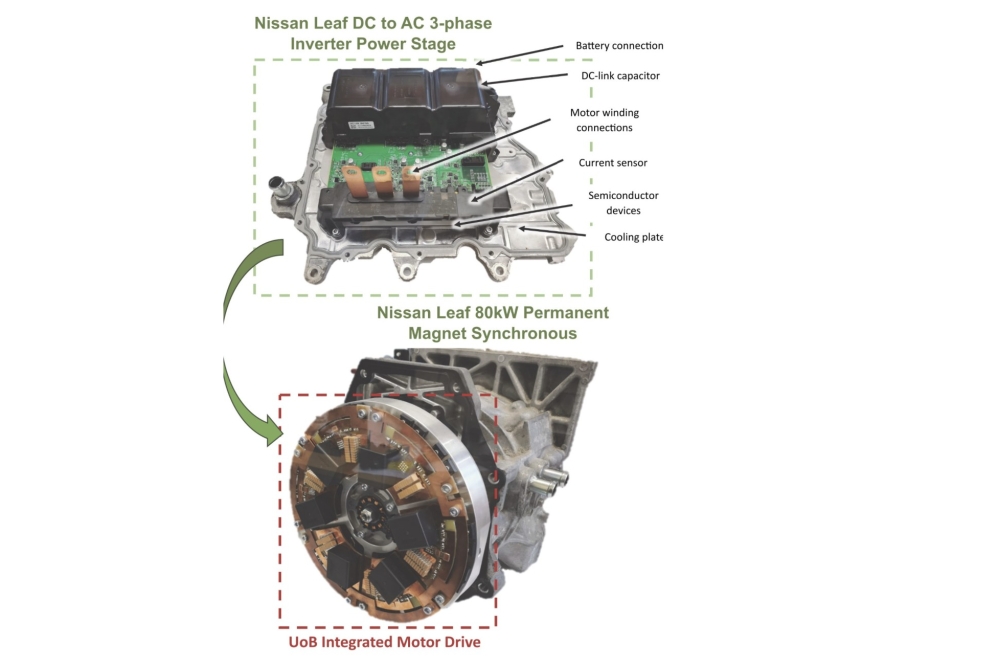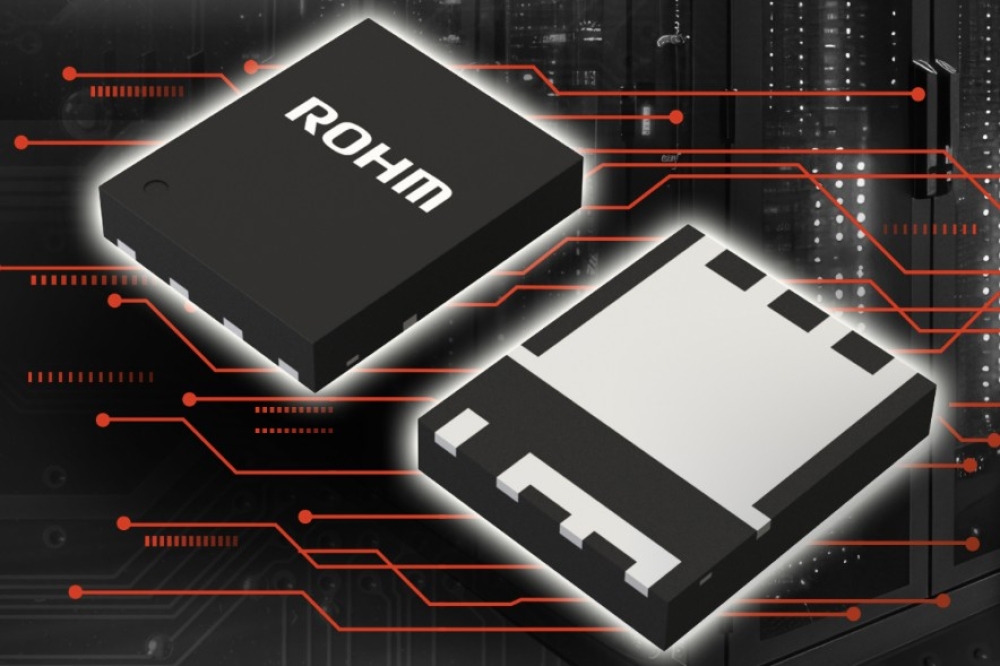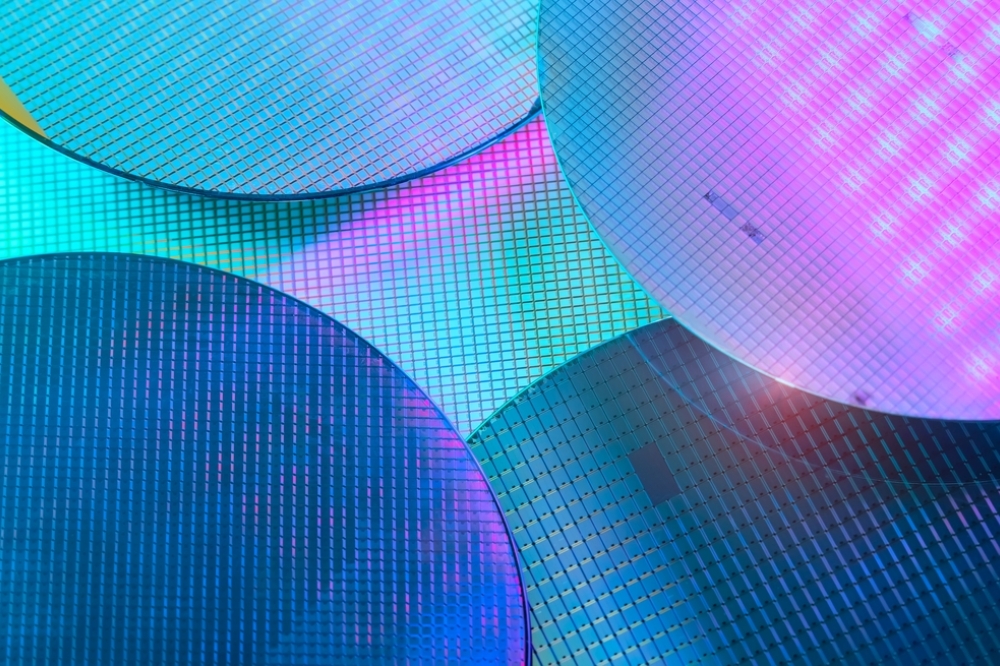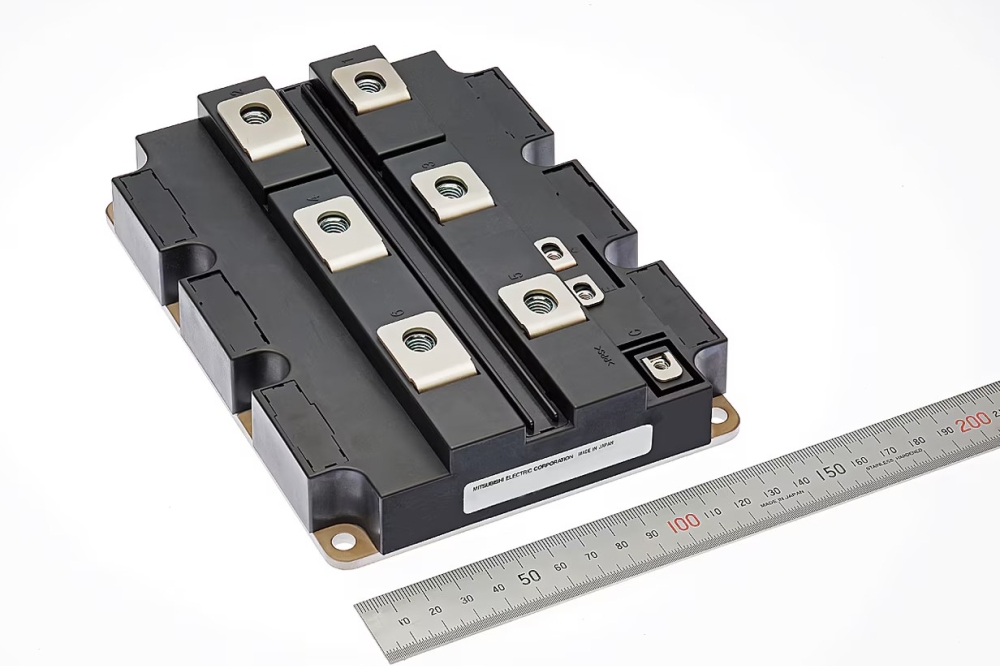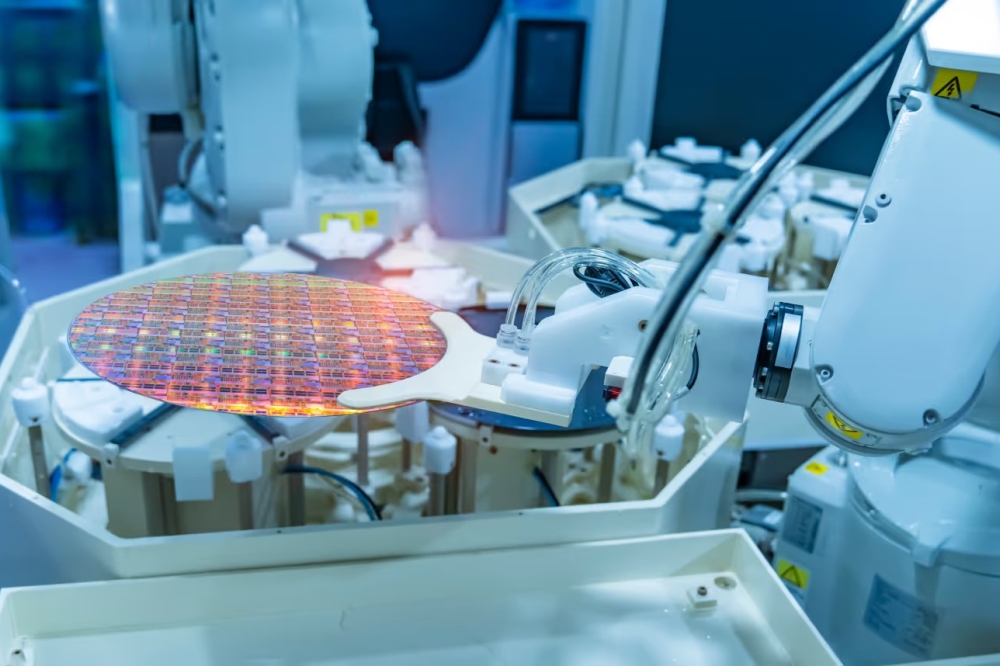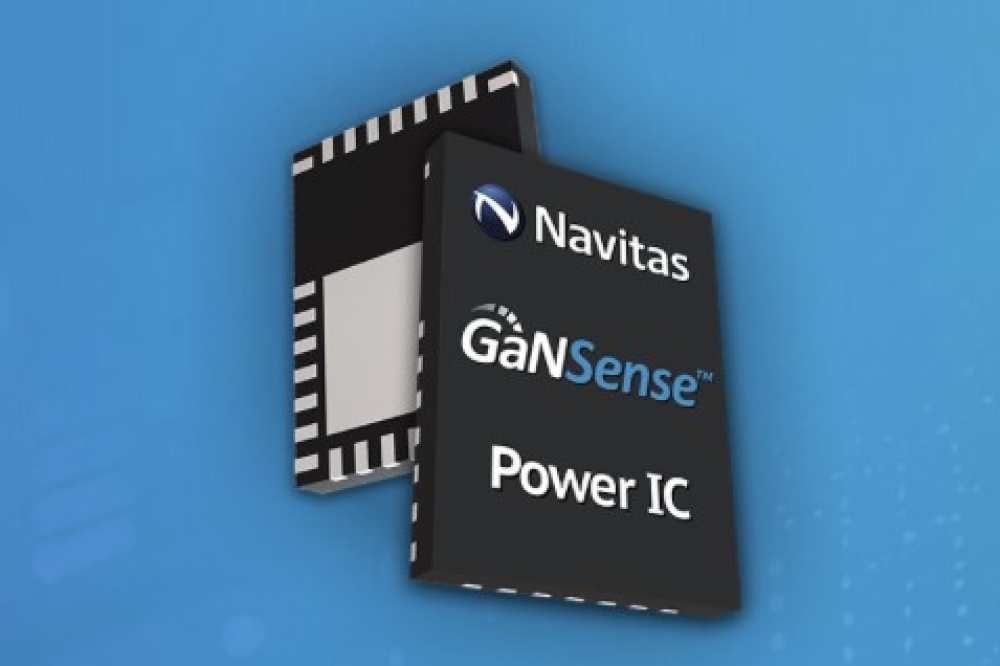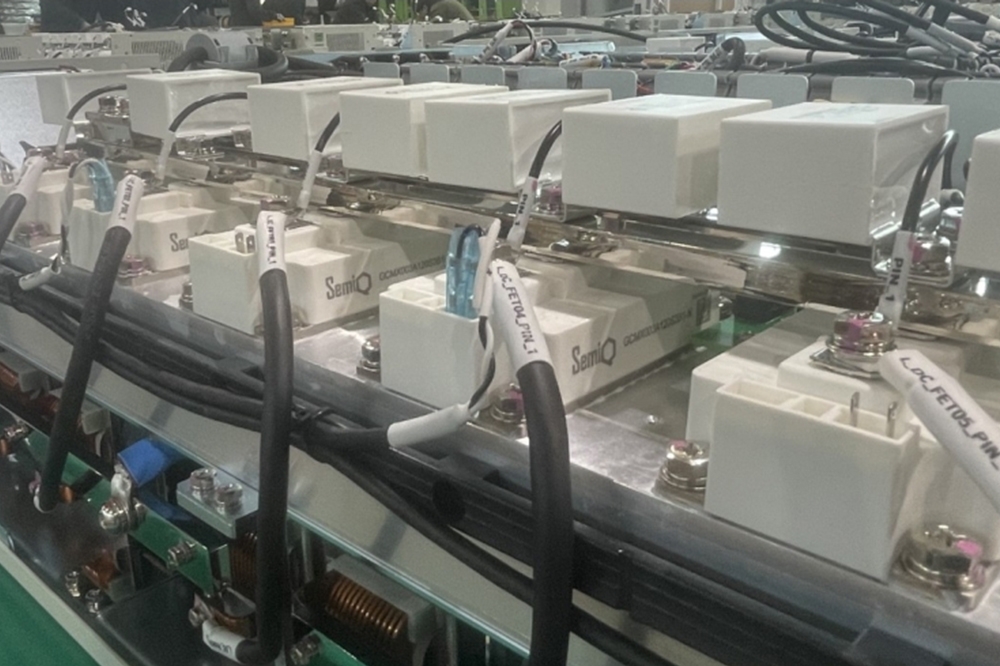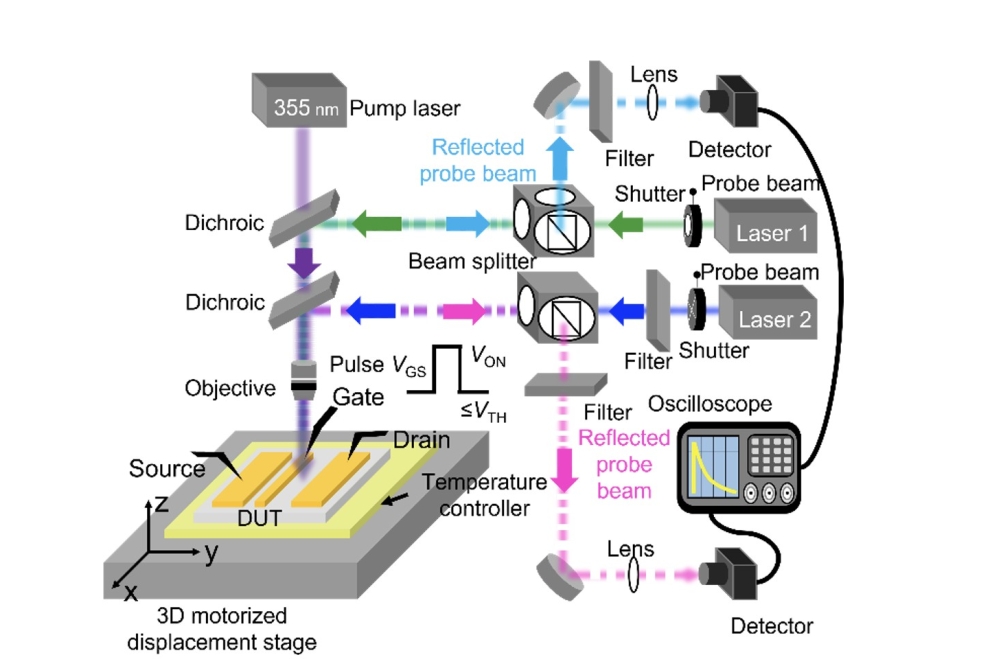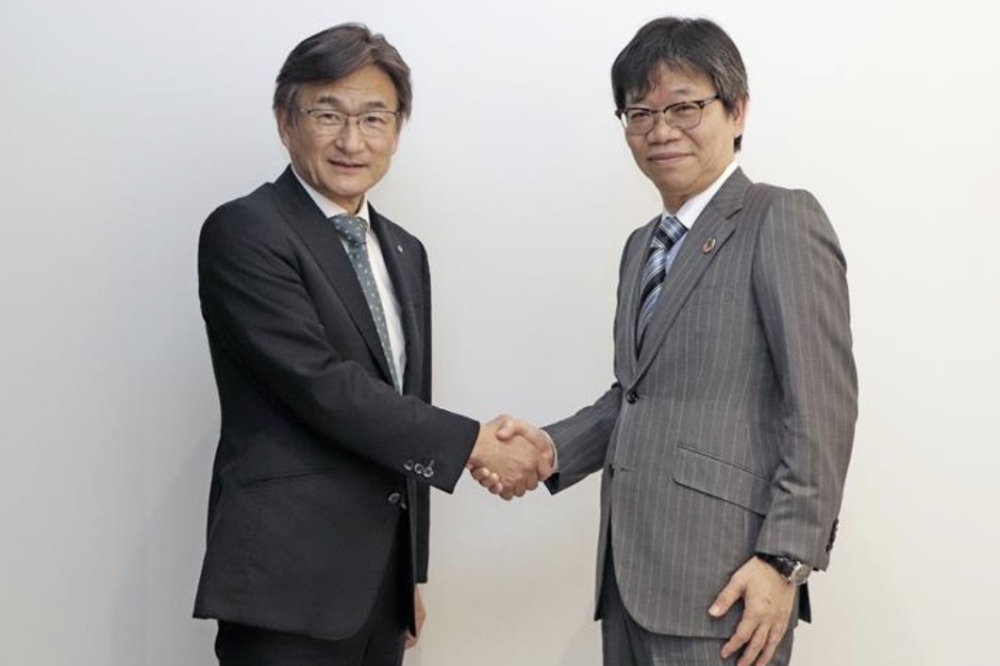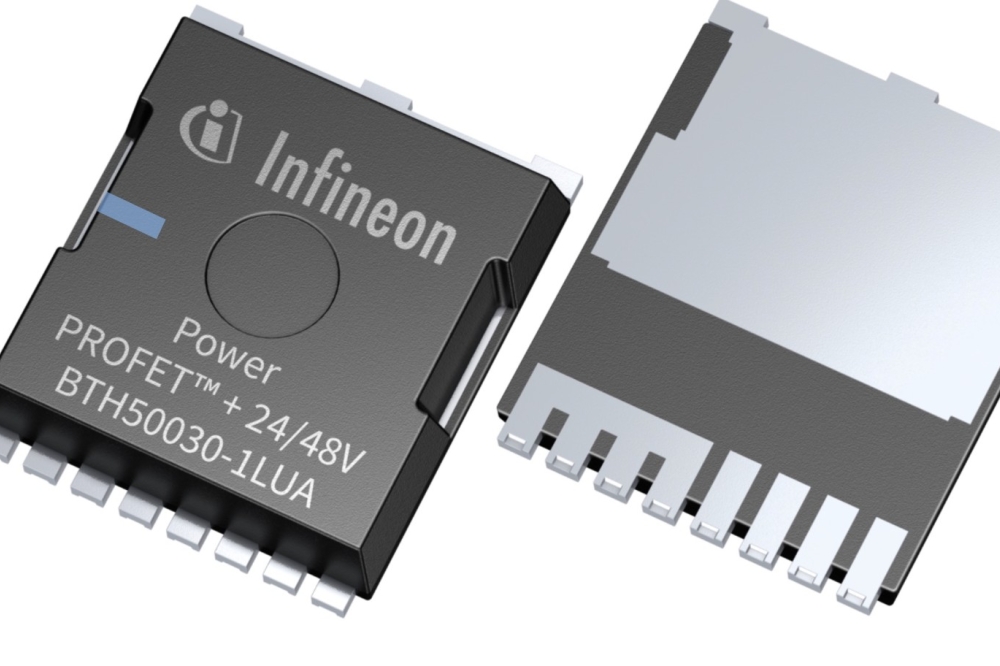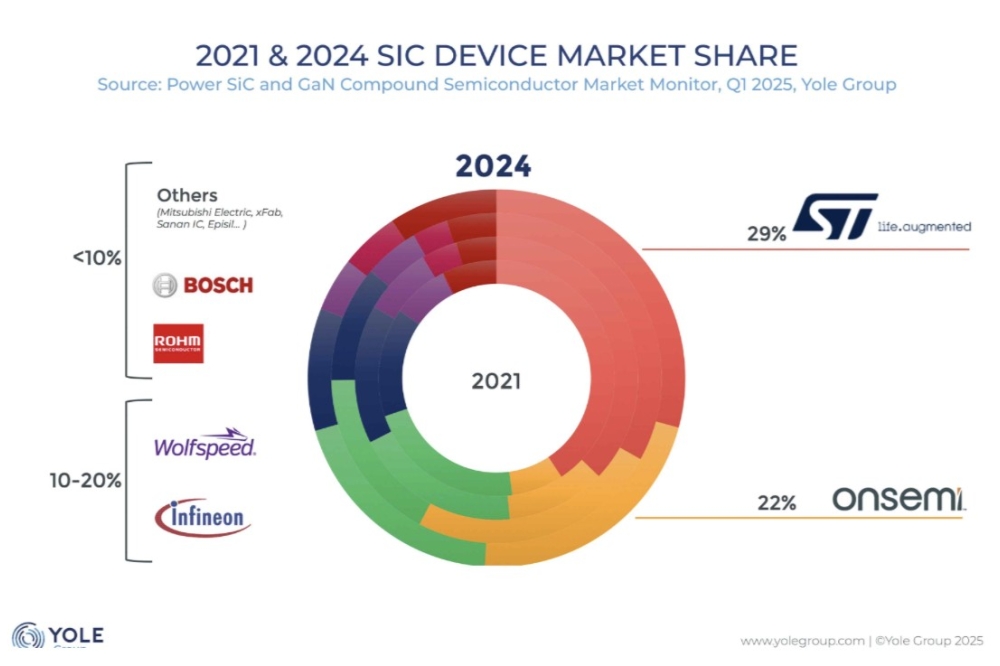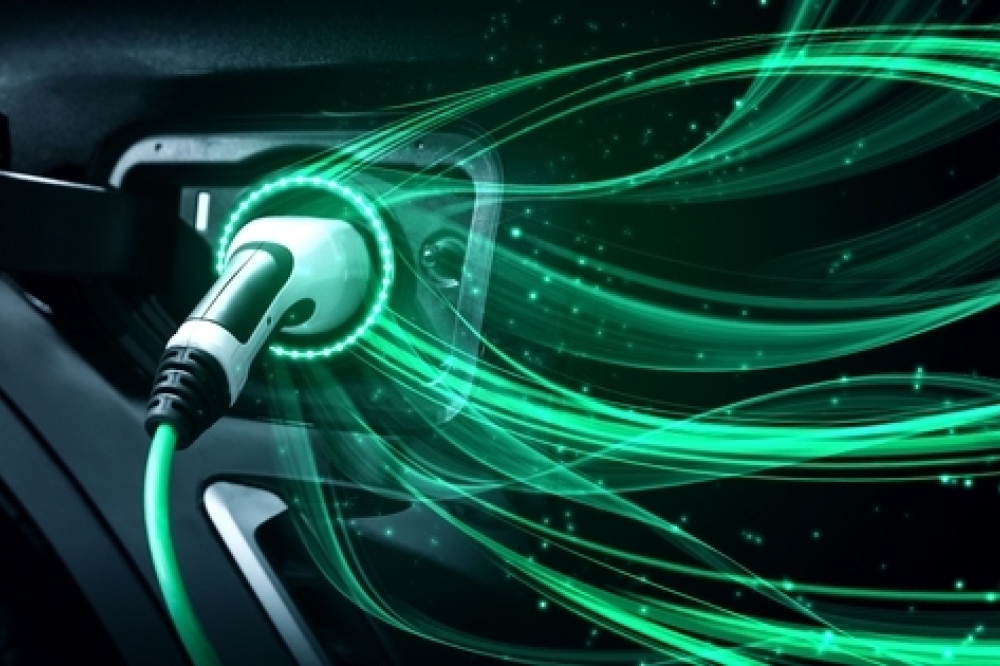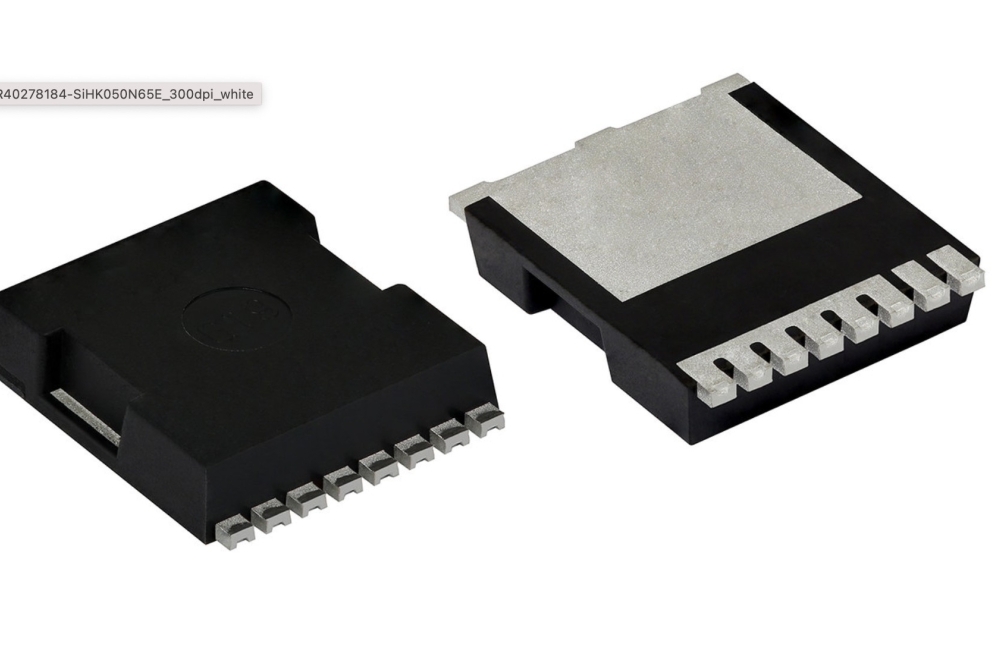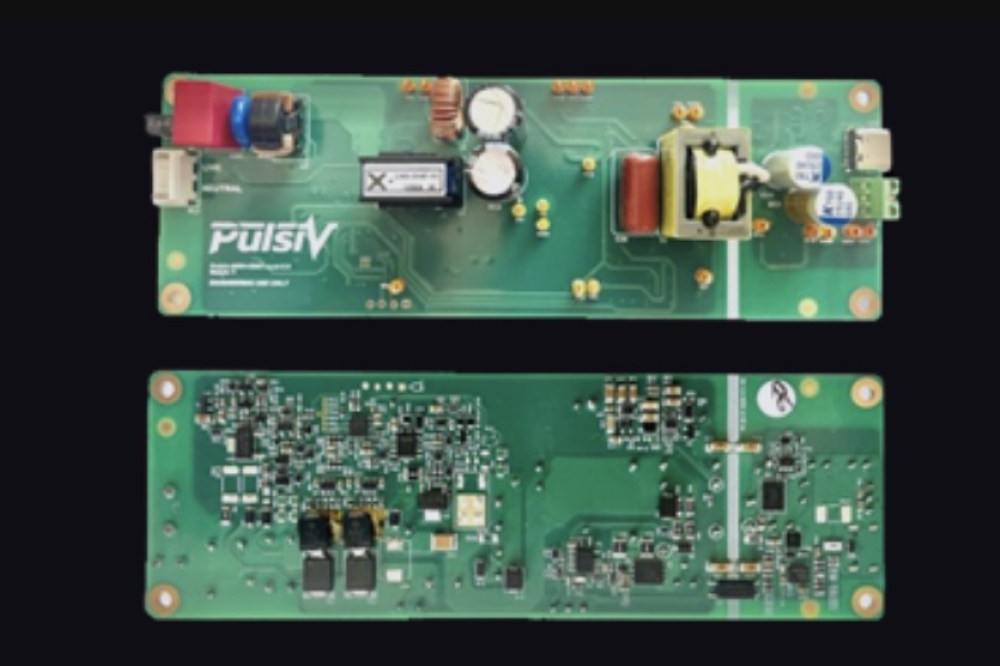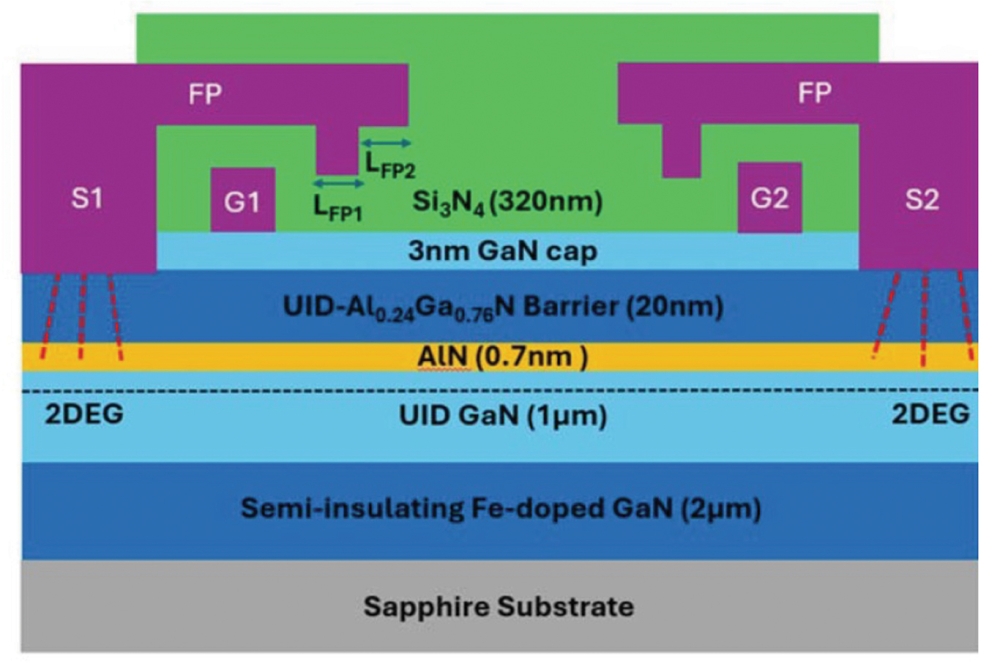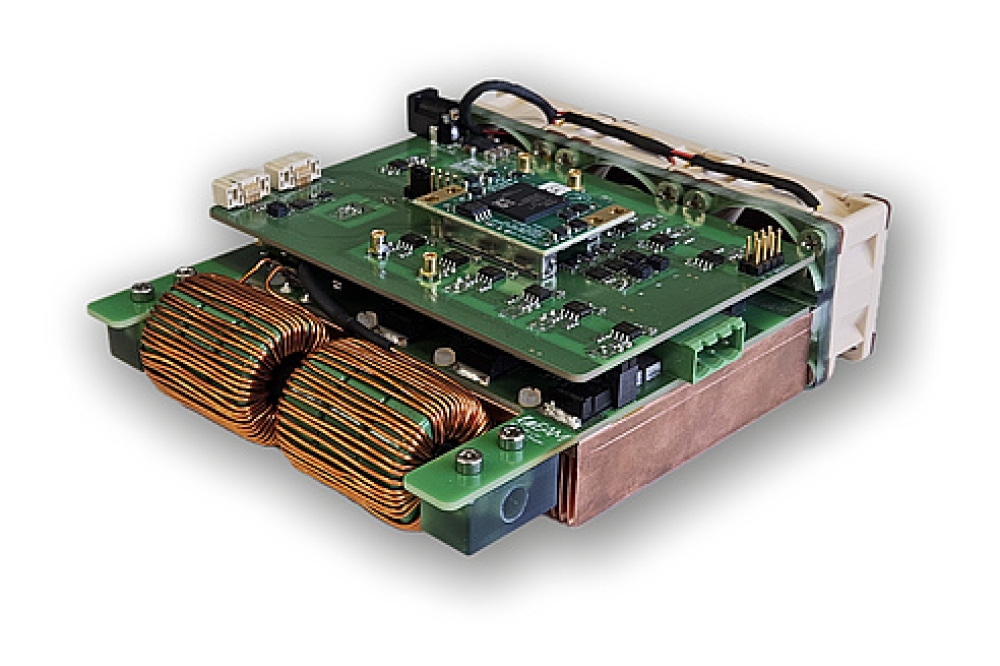'Fuse' for the future Grid

US team makes first step towards megawatts of power and nanosecond switching using diamond photoconductive switches
In a recent publication in Applied Physics Letters, Can Bayram of the University of Illinois at Urbana-Champaign and his colleagues report diamond photoconductive semiconductor switches with record-breaking voltage/current handling and slew rates, efficiency, and reliability simultaneously. They believe this technology could be a breakthrough for making the Grid more resilient.
Power outages cost American households $150 billion annually. For instance, weather-related outages alone account for $25 - $70 billion per year, affecting half a million Americans on average daily.
To reach the 2050 goal of a more reliable, resilient, and low-carbon grid, faster and higher power electronic devices with improved protection and simpler controls are needed. Photoconductive semiconductor switches (PCSS) offer such capability at as low a level of integration as possible.
Yet, conventional PCSS cannot reach voltage/current levels (Power ≥ 5 MW) at the voltage/current slew-rates as required in grid protection. Because 1) they rely on conventional semiconductors which have low critical electric field and thermal conductivity, 2) create filaments to reach high currents, which are unpredictable and destructive, and 3) use sub-bandgap light for triggering, which requires intentional impurity incorporation and limits the PCSS speed and device size (and hence current slew rate and total current).
Through a comparative study using diamond substrates with varying boron and nitrogen concentrations, Bayram's team shows that – contrary to what researchers are focusing on - the intrinsic (not the extrinsic) PCSS device with the lowest boron and nitrogen impurity concentration achieves the highest normalised responsivity, photocurrent, and on/off ratio.
The results in the paper 'Record Performance in Intrinsic, Impurity-Free Lateral Diamond Photoconductive Semiconductor Switches' highlight a viable path to making diamond-based PCSS outperform their SiC and GaN counterparts in demanding high-power, high-frequency applications.
This work also opens diamond PCSS to be employed in a broad range of high- frequency and high-power applications, including microwave switching, pulsed power generation, and hybrid power switches. The next step is Megawatts Power Nanoseconds Switching.
Pictured above: Transient profile of the optical trigger and electrical signal of the PCSS at 1,200 V DC bias voltage.
Reference
Z. Han, J. Lee, A. Mazumder, H. Elly, S. Messing, A. Mironov, and C. Bayram; Appl. Phys. Lett. 126, 152105 (2025)


